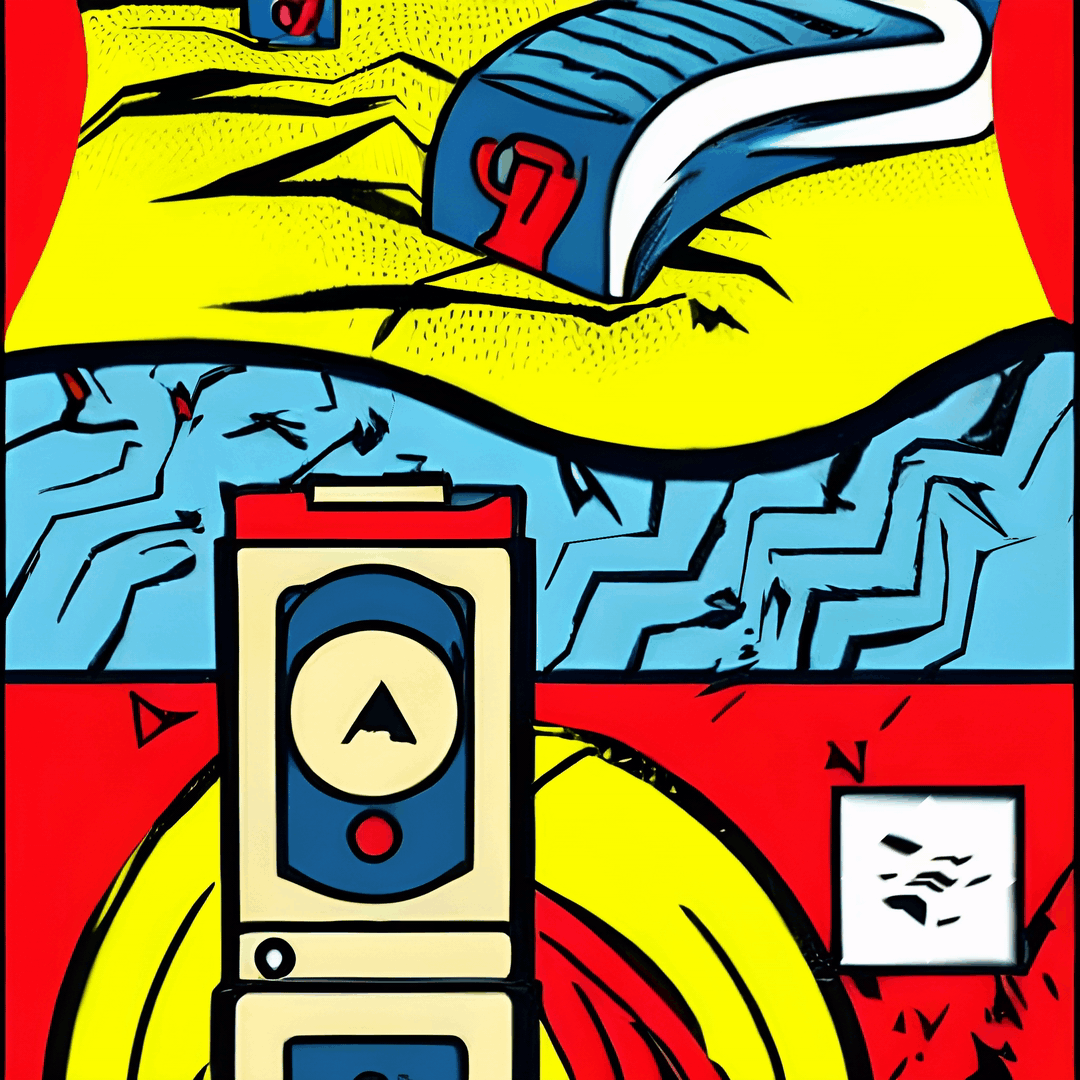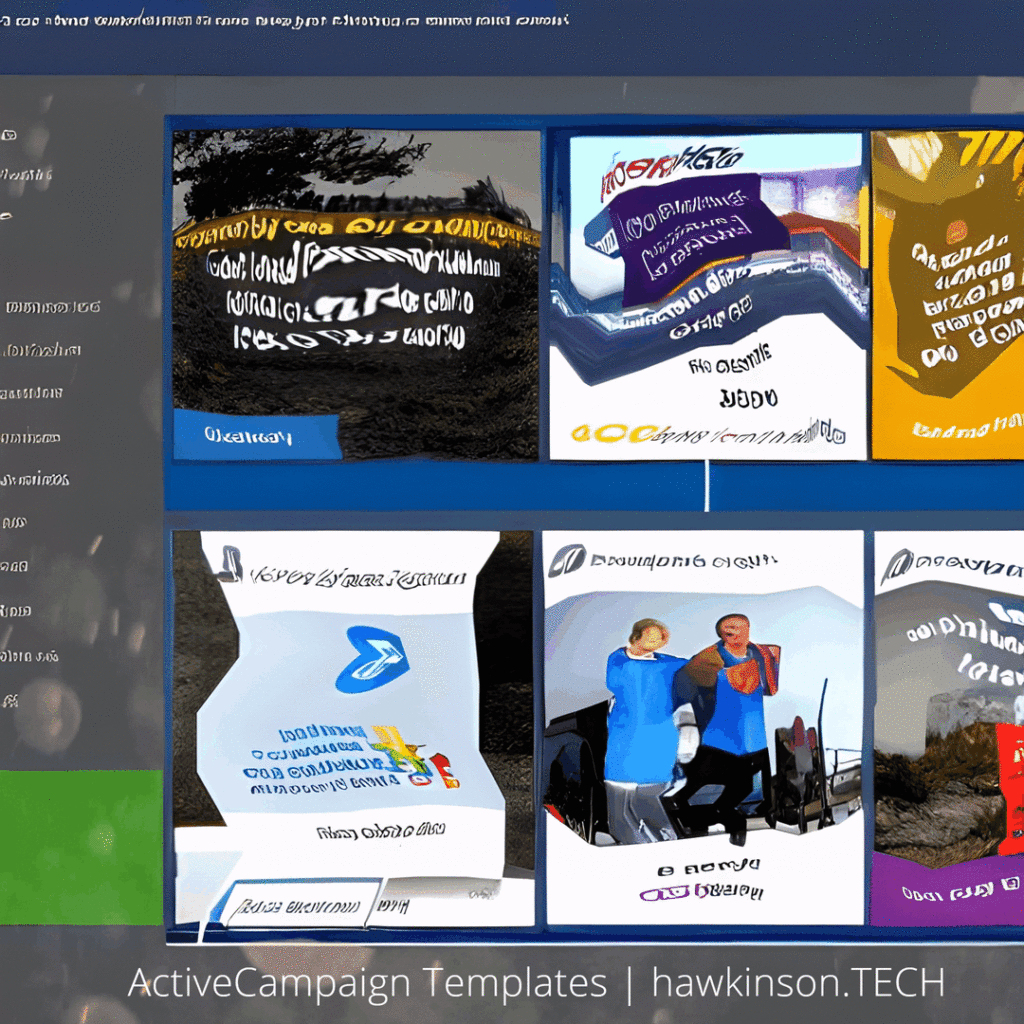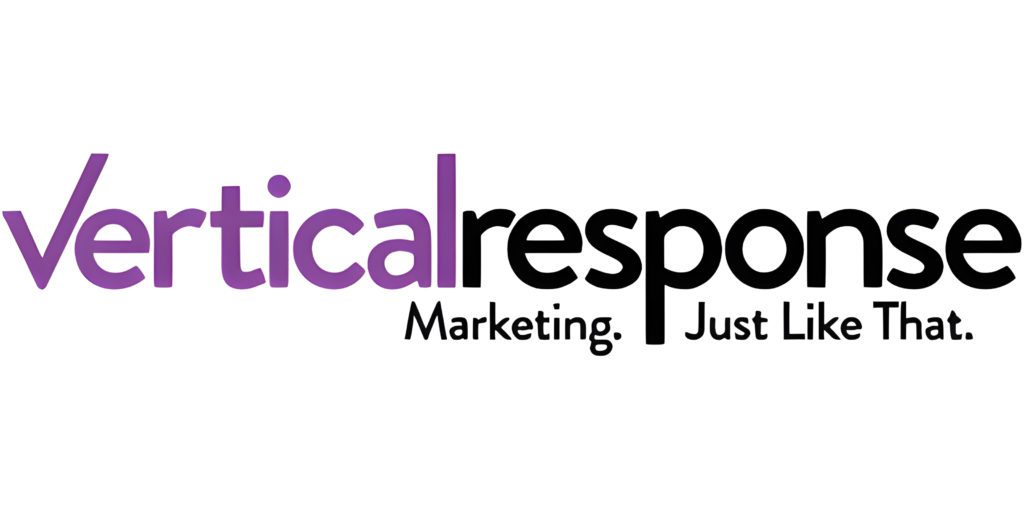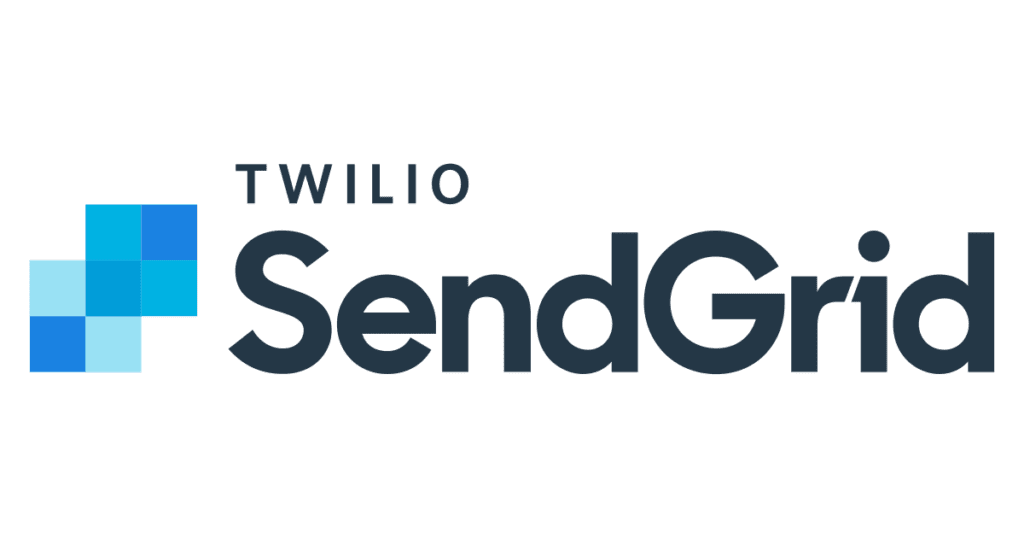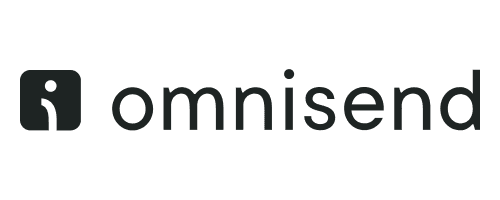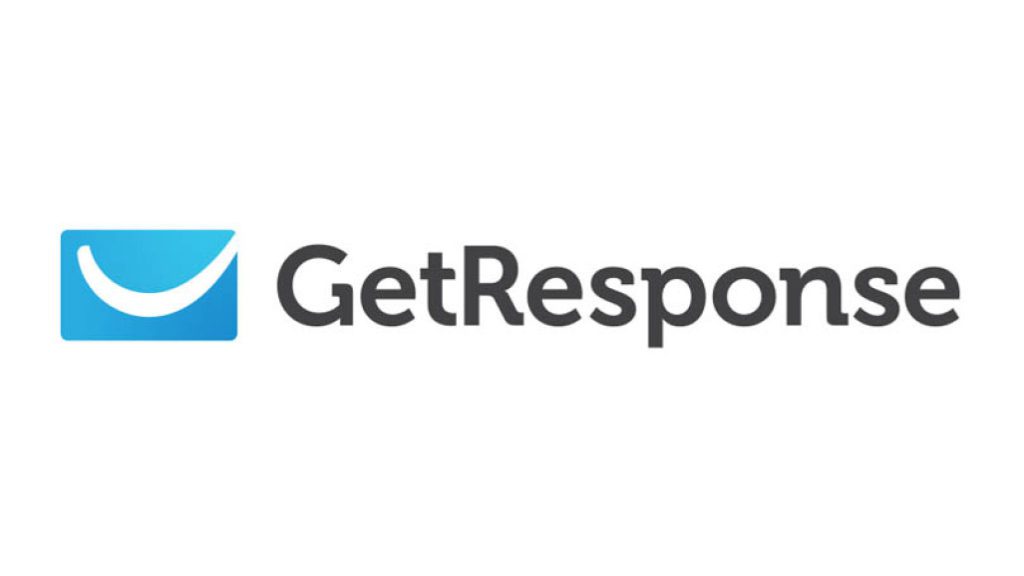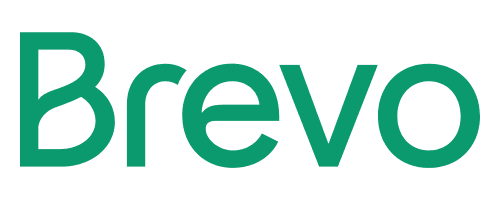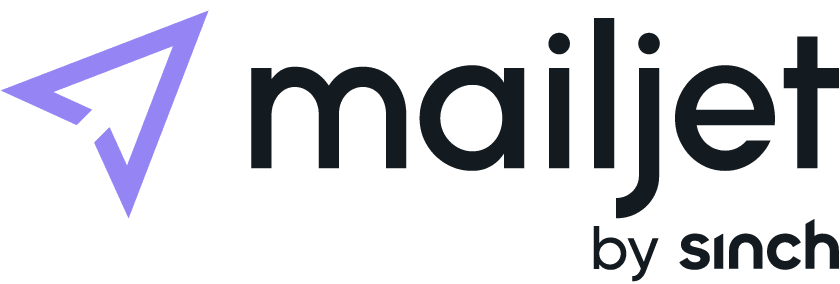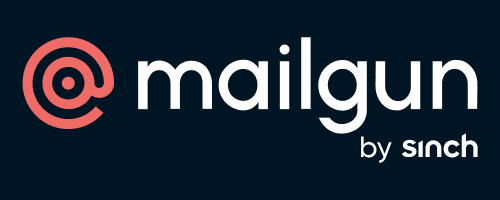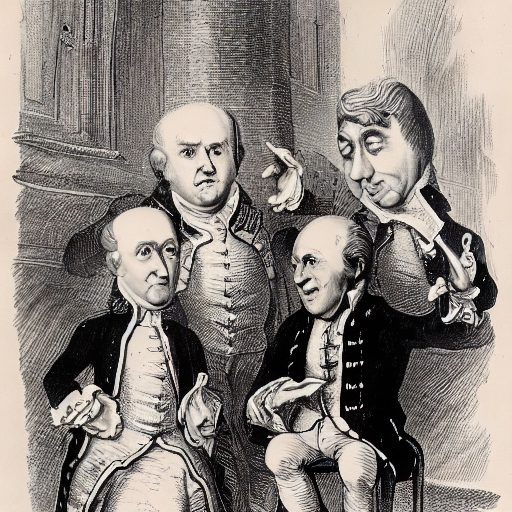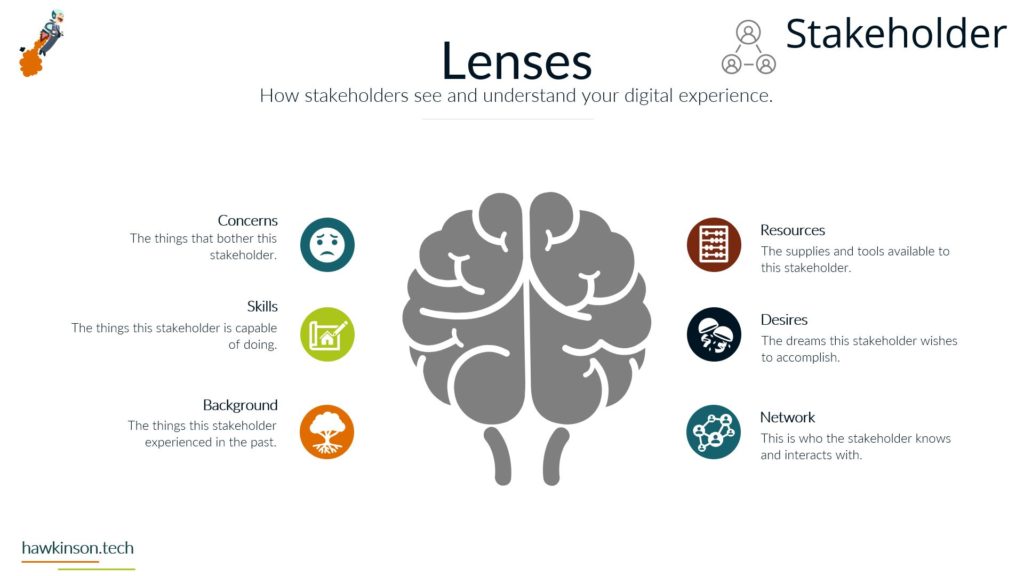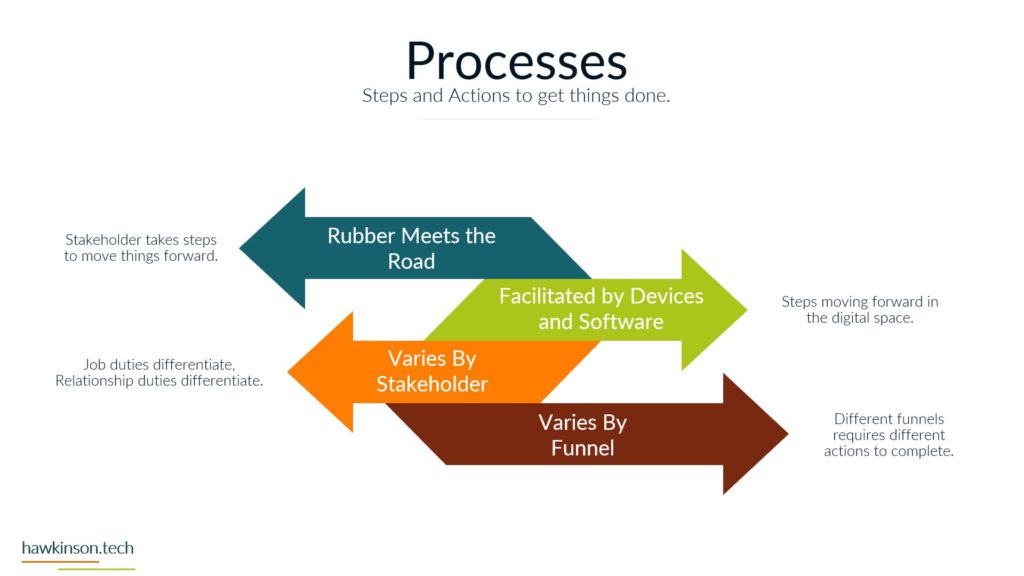The Power of a Call to Action in Email Marketing
Clarity and Purpose
A call to action (CTA) is essential to email marketing campaigns. It catalyzes generating engagement, driving conversions, and achieving the desired outcomes from your email communications.
Creating Urgency and Excitement
A well-crafted call to action provides clarity and purpose to your emails, clearly communicating to your recipients what you want them to do after reading your message. Presenting a specific and actionable directive eliminates confusion and makes it easier for subscribers to understand their next steps.
Measuring Campaign Effectiveness
A call to action allows you to measure the effectiveness of your email campaigns and track the desired actions your subscribers take. You can monitor click-through rates, conversions, and other valuable metrics using trackable links or buttons. This data provides insights into the performance of your campaigns, allowing you to optimize your strategies, refine your messaging, and improve your overall email marketing efforts.
Facilitating Lead Generation and Customer Acquisition
A call to action enables you to capture valuable contact information, expand your email list, and nurture leads into customers. By strategically placing CTAs throughout your emails, you can guide subscribers to your landing pages, registration forms, or opt-in pages. This helps drive traffic to specific destinations, increasing your conversion funnel and growing your customer base.
Personalization and Segmentation
A call to action facilitates personalization and segmentation in your email marketing campaigns. You can create highly targeted messages that resonate with individual recipients by tailoring your CTAs based on subscriber behavior, preferences, or demographic data. This personalized approach strengthens your customer relationships and increases the likelihood of conversions.
In conclusion, a call to action is pivotal in email marketing. It provides clear instructions, creates urgency, and drives engagement, ultimately influencing the success of your campaigns. By utilizing well-crafted CTAs, you can guide subscribers toward the desired actions, measure campaign performance, generate leads, and deliver personalized experiences. When executed effectively, a call to action becomes a powerful tool that maximizes the impact of your email marketing efforts and helps you achieve your business objectives.
1. Create compelling subject lines to increase open rates.
 The open rate is one of the key factors in determining the success of your email marketing campaigns. After all, if your subscribers open your emails, your message will reach them. This is where the power of a compelling subject line comes into play.
The open rate is one of the key factors in determining the success of your email marketing campaigns. After all, if your subscribers open your emails, your message will reach them. This is where the power of a compelling subject line comes into play.
Crafting a captivating subject line is essential to grab your recipients’ attention and entice them to open your email. You can significantly increase your open rates by using persuasive language, creating a sense of curiosity, or offering a clear benefit.
To create compelling subject lines, it’s essential to understand your audience and tailor your messaging accordingly. Consider their needs, pain points, and desires, and craft subject lines that address those aspects. Personalization can also make a significant impact, as it shows your subscribers that you understand them individually.
Additionally, incorporating urgency or scarcity into your subject lines can create a sense of FOMO (fear of missing out), encouraging recipients to open your email immediately to discover what’s inside.
By dedicating time and effort to crafting attention-grabbing subject lines, you can effectively increase your open rates, improve engagement, and ultimately boost the success of your email marketing campaigns. Remember, the subject line is your first opportunity to make a strong impression, so make it count!
2. Design eye-catching email templates.
 In email marketing, design plays a crucial role in capturing the attention of your subscribers and driving engagement. One compelling call-to-action idea is to create eye-catching email templates that stand out in crowded inboxes.
In email marketing, design plays a crucial role in capturing the attention of your subscribers and driving engagement. One compelling call-to-action idea is to create eye-catching email templates that stand out in crowded inboxes.
Investing in visually appealing email templates can make a solid first impression and increase the chances of your recipients engaging with your content. A well-designed template enhances the aesthetic appeal of your emails and improves the overall user experience.
Consider using colors, fonts, and imagery that align with your brand identity and message when designing email templates. Incorporate a visually striking header, a clear and prominent call to action button, and strategically placed visual elements to guide the reader’s eye.
Responsive design is crucial, ensuring your email templates are optimized for various devices and screen sizes. A mobile-friendly design is essential, considering the growing number of people accessing emails on smartphones and tablets.
Furthermore, consider using white space to create a clean and organized layout. This helps your content stand out and makes it easier for readers to digest the information.
By designing eye-catching email templates, you enhance the overall visual appeal of your campaigns, making them more engaging and memorable for your subscribers. A well-designed template can entice recipients to click on your call to action, explore your offerings, and ultimately drive conversions. Remember, a visually stunning email template captures attention and reflects your brand’s professionalism and quality.
3. Use clear and concise language in your CTAs.
 The language used in your call to action (CTA) is crucial for driving action and conversions in your email marketing campaigns. By employing clear and concise language, you can effectively communicate your desired action to your subscribers.
The language used in your call to action (CTA) is crucial for driving action and conversions in your email marketing campaigns. By employing clear and concise language, you can effectively communicate your desired action to your subscribers.
Clear language ensures that your message is easily understood and leaves no room for confusion or misinterpretation. Your CTA should clearly state what you want your recipients to do, whether purchasing, signing up for a newsletter, or clicking a link to learn more. Avoid vague or ambiguous phrases that may leave your subscribers unsure about their next steps.
Conciseness is equally important. Keep your CTAs concise, using simple and direct language. Avoid using unnecessary words or phrases that may distract or dilute the message. Concise CTAs are more likely to capture attention and encourage immediate action.
Consider using action verbs that inspire and motivate. Words like “shop,” “register,” “discover,” or “start” create a sense of urgency and prompt your subscribers to take action. Pair these action verbs with specific directives and clear benefits to further enhance the effectiveness of your CTAs.
Using clear and concise language in your CTAs makes it easier for your subscribers to understand your intentions and the actions you want them to take. This improves the overall user experience and increases the likelihood of engagement and conversions. Remember, simplicity and clarity are key when crafting impactful CTAs that drive results.
4. Include multiple CTAs throughout your emails.
 In email marketing, it’s important to provide your subscribers with multiple opportunities to take action. Including various calls to action (CTAs) throughout your emails can significantly improve engagement and increase the chances of conversions.
In email marketing, it’s important to provide your subscribers with multiple opportunities to take action. Including various calls to action (CTAs) throughout your emails can significantly improve engagement and increase the chances of conversions.
By strategically placing multiple CTAs, you cater to your subscribers’ preferences and motivations. Some recipients may be ready to purchase immediately, while others may need more information or time to consider their options. By offering various CTAs, you accommodate different customer journey stages and cater to diverse audience segments.
When including multiple CTAs, it’s essential to ensure clarity and avoid overwhelming your recipients. Each CTA should have a clear purpose and be positioned appropriately within the email. Use visually distinct buttons or hyperlinks to differentiate between different CTAs and make them easily clickable.
Moreover, make sure that each CTA is aligned with the content surrounding it. The context should provide a natural progression, leading the reader toward the desired action. This cohesiveness reinforces your message and increases the chances of your CTAs being noticed and acted upon.
By incorporating multiple CTAs, you provide flexibility and options for your subscribers, allowing them to choose actions that align with their interests and needs. This approach increases engagement, click-through rates, and conversions. However, balancing offering choices and maintaining a focused message is essential to avoid overwhelming or confusing your recipients.
5. Experiment with different CTA button colors and sizes.
 When optimizing your call to action (CTA) in email marketing, the visual elements play a significant role in catching the attention of your subscribers and driving action. One effective strategy is experimenting with different CTA button colors and sizes to find the most impactful combination.
When optimizing your call to action (CTA) in email marketing, the visual elements play a significant role in catching the attention of your subscribers and driving action. One effective strategy is experimenting with different CTA button colors and sizes to find the most impactful combination.
The color of your CTA button can evoke certain emotions and influence the perception of your message. Different colors can elicit different responses from your audience. For example, vibrant and contrasting colors like red or orange can create a sense of urgency and prompt immediate action. At the same time, cooler tones like blue or green can convey trust and reliability. Experiment with various colors to find the ones that align with your brand and resonate with your target audience.
Similarly, the size of your CTA button can impact its visibility and prominence within your email. A giant button can draw more attention and make it easier for subscribers to click, especially on mobile devices. However, be cautious not to make it overly dominant or disrupt the overall balance of your email design. Test different sizes to strike the right balance between visibility and aesthetics.
By experimenting with different CTA button colors and sizes, you can identify the combinations that yield the highest click-through rates and conversions. A well-designed and strategically placed CTA button can grab the attention of your subscribers, increase engagement, and prompt them to take the desired action. Remember to track and analyze the performance of each variation to make data-driven decisions and continuously optimize your CTAs for maximum impact.
6. Personalize CTAs based on user preferences.
 Personalization is a powerful tool in email marketing, and incorporating personalized CTAs takes your campaigns to the next level. By tailoring your calls to action based on user preferences, you can create more relevant and engaging experiences for your subscribers.
Personalization is a powerful tool in email marketing, and incorporating personalized CTAs takes your campaigns to the next level. By tailoring your calls to action based on user preferences, you can create more relevant and engaging experiences for your subscribers.
Personalized CTAs allow you to address individual needs and motivations, increasing the likelihood of conversions. By leveraging subscriber behavior, purchase history, or demographics data, you can customize CTAs to align with their interests and preferences. For example, if a subscriber has shown the importance of a specific product category, you can create a CTA that promotes related products or offers.
Furthermore, you can personalize CTAs based on the customer journey stage. For new subscribers, you can guide them towards introductory offers or educational resources, while for returning customers, you can present CTAs that encourage repeat purchases or loyalty program sign-ups. This level of personalization demonstrates that you understand your audience and adds a personalized touch to your email campaigns.
Implementing personalized CTAs can be as simple as using dynamic content or segmentation tools within your email marketing platform. By delivering relevant CTAs, you enhance the user experience, increase engagement, and drive higher conversion rates.
Remember to analyze the performance of your personalized CTAs and use A/B testing to optimize their effectiveness continually. By fine-tuning your personalization strategies, you can provide tailored experiences that resonate with your subscribers, strengthen customer relationships, and boost the success of your email marketing efforts.
7. A/B tests different CTAs to optimize conversion rates.
 A/B testing is a powerful technique that allows you to compare and optimize the performance of different elements in your email marketing campaigns. Regarding calls to action (CTAs), A/B testing can help you identify the most effective variations and improve conversion rates.
A/B testing is a powerful technique that allows you to compare and optimize the performance of different elements in your email marketing campaigns. Regarding calls to action (CTAs), A/B testing can help you identify the most effective variations and improve conversion rates.
By conducting A/B tests on your CTAs, you can experiment with different elements such as wording, placement, design, color, and size. For example, you can test variations of the CTA text, like “Buy Now” versus “Shop Now,” or different colors for the CTA button.
Splitting your audience into two groups, you can send each group a different version of your email, with one group receiving CTA A and the other group receiving CTA B. By analyzing the results, such as click-through rates, conversions, and engagement metrics, you can determine which version of the CTA performed better.
A/B testing helps you make data-driven decisions and refine your CTAs based on real user feedback. It enables you to continuously optimize your CTAs and improve the effectiveness of your email marketing campaigns.
Remember to test one element at a time to gain clear insights into what drives the best results. Gradually refine and iterate your CTAs based on the learnings from your A/B tests, allowing you to fine-tune your approach and ultimately boost your conversion rates.
By A/B testing your CTAs, you can gain valuable insights, optimize your messaging, and increase the effectiveness of your email marketing efforts. It’s a proactive approach to ensure you’re delivering the most compelling and persuasive CTAs to your subscribers.
8. Optimize CTA placement within the email.
 Placement of your call to action (CTA) within your email can significantly impact your campaigns’ engagement and conversion rates. By strategically optimizing the order of your CTAs, you can guide your subscribers toward taking the desired actions.
Placement of your call to action (CTA) within your email can significantly impact your campaigns’ engagement and conversion rates. By strategically optimizing the order of your CTAs, you can guide your subscribers toward taking the desired actions.
One effective strategy is placing your CTA above the fold, meaning it’s visible without scrolling. This ensures that your CTA is immediately noticeable and increases the likelihood of engagement. Subscribers are more likely to take action when the CTA is within their immediate view, saving them the effort of scrolling down.
Consider using eye-catching design elements, such as arrows or visual cues, to draw attention to your CTA. By strategically positioning these elements, you can guide the reader’s eye toward the CTA and increase its visibility.
Additionally, including secondary CTAs throughout the email can be beneficial, reinforcing the main CTA. This provides additional opportunities for engagement and caters to subscribers who may not be ready to take immediate action immediately.
Moreover, experimenting with different placements through A/B testing can help you identify the most influential positions for your CTAs. Test variations, such as placing the CTA at the beginning, middle, or end of the email, and analyze the performance to determine which placement generates the highest click-through and conversion rates.
By optimizing CTA placement within your email, you increase the visibility and prominence of your call to action, improving the chances of engagement and conversions. Strategic placement ensures that your CTAs are easily noticed and accessible, maximizing the impact of your email marketing campaigns.
9. Use urgency or scarcity to drive immediate action.
 One effective way to enhance the effectiveness of your call to action (CTA) in email marketing is by incorporating urgency or scarcity elements. Creating a sense of urgency or highlighting limited availability can motivate subscribers to take immediate action.
One effective way to enhance the effectiveness of your call to action (CTA) in email marketing is by incorporating urgency or scarcity elements. Creating a sense of urgency or highlighting limited availability can motivate subscribers to take immediate action.
Urgency can be established through various means, such as limited-time offers, countdown timers, or expiring discounts. By emphasizing that the opportunity is time-sensitive, you create a fear of missing out (FOMO) in your subscribers. This urgency compels them to act promptly rather than delay or procrastinate.
Scarcity, on the other hand, emphasizes limited availability or limited quantities. It can be achieved by showcasing the limited stock of a product, exclusive access to a service, or limited slots for an event. By making your subscribers aware that the opportunity is scarce, you tap into their desire for exclusivity and prompt them to take action before it’s too late.
Ensuring authenticity and transparency is essential when incorporating urgency or scarcity elements into your CTAs. The urgency should be genuine and align with your offerings. False or misleading scarcity can harm your brand reputation and trustworthiness.
By leveraging urgency or scarcity in your CTAs, you create a sense of immediacy and encourage your subscribers to act promptly. These psychological triggers tap into human behavior and drive higher click-through rates and conversions. However, it’s important to strike a balance and not overuse these tactics, as subscribers may become desensitized or develop skepticism.
10. Create interactive CTAs with embedded videos or quizzes.
 Innovative and interactive CTAs can significantly enhance engagement and captivate the attention of your subscribers. One practical approach is creating CTAs incorporating embedded videos or interactive quizzes, providing an immersive and dynamic experience.
Innovative and interactive CTAs can significantly enhance engagement and captivate the attention of your subscribers. One practical approach is creating CTAs incorporating embedded videos or interactive quizzes, providing an immersive and dynamic experience.
Embedded videos are a powerful tool for engaging your audience. You can visually showcase your product or service by including a video within your CTA, providing demonstrations, or delivering compelling storytelling. Videos have a higher potential to capture attention and convey messages effectively, increasing the chances of conversions.
Similarly, interactive quizzes or surveys within your CTAs can drive engagement and provide a personalized experience. By creating quizzes related to your offerings or industry, you can encourage interaction and collect valuable data about your subscribers’ preferences or needs. This data can be used for segmentation and further personalization in future marketing efforts.
When creating interactive CTAs, ensure they are mobile-friendly and optimized for different devices. Consider the loading times and the user experience to provide seamless interaction across various platforms.
Interactive CTAs with embedded videos or quizzes provide subscribers with a unique and engaging experience. They foster deeper connections, increase time spent on your emails, and improve conversion rates. Incorporating interactive elements makes your CTAs stand out and leave a lasting impression on your audience. Remember to track the performance of your interactive CTAs and use analytics to measure their impact on engagement and conversions.
11. Experiment with different wording to see what resonates with your audience.
 The power of words cannot be underestimated in email marketing, and experimenting with different wording in your call to action (CTA) is a valuable strategy to optimize engagement and conversions. You can uncover the language that resonates most effectively with your audience by testing various phrasings.
The power of words cannot be underestimated in email marketing, and experimenting with different wording in your call to action (CTA) is a valuable strategy to optimize engagement and conversions. You can uncover the language that resonates most effectively with your audience by testing various phrasings.
Analyze your target audience’s characteristics, preferences, and pain points. Tailor your CTAs to address their needs and motivations. Consider using action-oriented verbs that inspire immediate action, such as “get,” “try,” “explore,” or “discover.” These verbs can create a sense of urgency and prompt your subscribers to take the desired action.
Furthermore, test different messaging approaches to see what elicits the best response. For example, you can experiment with direct CTAs, like “Buy Now” or “Sign Up Today,” versus more personalized and benefit-focused CTAs, such as “Unlock Exclusive Discounts” or “Get Personalized Recommendations.”
A/B testing is a powerful method to compare different wording variations. Split your audience into two groups and send each group a different version of your email with distinct CTAs. Analyze the performance metrics, such as click-through and conversion rates, to identify which wording resonates more effectively with your audience.
By experimenting with different wording in your CTAs, you can gain valuable insights into what language prompts the desired response from your subscribers. It allows you to continuously refine your messaging, increase engagement, and ultimately improve the success of your email marketing campaigns.
12. Use CTA copy that aligns with the email’s content.
 In email marketing, maintaining consistency and coherence between your email’s content and your call to action (CTA) is essential for effective communication and driving desired actions. Ensuring your CTA copy aligns with the email’s content creates a seamless and logical flow that enhances engagement and encourages conversions.
In email marketing, maintaining consistency and coherence between your email’s content and your call to action (CTA) is essential for effective communication and driving desired actions. Ensuring your CTA copy aligns with the email’s content creates a seamless and logical flow that enhances engagement and encourages conversions.
Consider your email’s central message and purpose when crafting your CTA copy. Your CTA should be a natural extension of the content and reflect the primary goal you want to achieve. For example, if your email discusses a new product launch, your CTA could be “Shop Now” or “Learn More” about the featured product.
By aligning your CTA copy with the email’s content, you provide a clear and cohesive narrative for your subscribers. This helps them understand the relevance and value of taking the desired action. In turn, it builds trust and credibility as your subscribers see that your CTA supports the information and value provided in the email.
Moreover, using CTA copy that aligns with the email’s content increases the likelihood of click-throughs and conversions. When the CTA reflects the information and benefits discussed in the email, it reinforces the value proposition and motivates subscribers to take the next step.
Review and revise your CTA copy to ensure consistency with the email’s content. This attention to detail contributes to a seamless user experience and reinforces the effectiveness of your email marketing efforts.
13. Implement CTA tracking to measure performance.
![]() Tracking the performance of your call to action (CTA) is essential in email marketing to gain valuable insights, optimize your campaigns, and maximize your conversions. By implementing CTA tracking, you can effectively measure the effectiveness of your CTAs and make data-driven decisions.
Tracking the performance of your call to action (CTA) is essential in email marketing to gain valuable insights, optimize your campaigns, and maximize your conversions. By implementing CTA tracking, you can effectively measure the effectiveness of your CTAs and make data-driven decisions.
CTA tracking involves using analytics tools or platforms that provide data on the click-through rates, conversions, and other relevant metrics associated with your CTAs. This allows you to understand how your subscribers are interacting with your CTAs and gauge the success of your email marketing efforts.
By analyzing the data from CTA tracking, you can identify which CTAs are performing well and driving the desired actions. This insight helps you understand what resonates with your audience and enables you to refine your CTAs accordingly. You can experiment with variations, such as wording, design, placement, or color, and measure the impact on click-through and conversion rates.
CTA tracking also allows you to segment your audience based on their CTA interactions. By understanding the behavior and preferences of specific segments, you can deliver more personalized and targeted experiences in future campaigns.
Implementing CTA tracking helps you make informed decisions and optimize your email marketing strategies. It provides actionable data to improve your CTAs, increase engagement, and drive conversions. You can enhance your email marketing campaign’s overall performance and effectiveness by leveraging the insights gained from CTA tracking.
14. Create a sense of exclusivity or VIP access with your CTAs.
 In email marketing, creating a sense of exclusivity or VIP access can be a powerful strategy to increase engagement and drive conversions. By crafting CTAs that make your subscribers feel special and privileged, you can enhance their motivation to take action.
In email marketing, creating a sense of exclusivity or VIP access can be a powerful strategy to increase engagement and drive conversions. By crafting CTAs that make your subscribers feel special and privileged, you can enhance their motivation to take action.
One way to create this sense of exclusivity is by offering exclusive discounts or promotions to your email subscribers. Use enticing phrases like “Exclusive Offer for Our VIP Subscribers” or “Limited Time VIP Access” to convey the exclusive nature of the offer. This approach makes your subscribers feel valued and appreciated, driving them to click on the CTA to take advantage of the exclusive opportunity.
Another tactic is to use language that implies limited availability or access. For example, phrases like “Limited Slots Available” or “VIP Access for a Select Few” can evoke a sense of scarcity, making subscribers eager to seize the opportunity before it’s too late.
Additionally, consider segmenting your email list and creating specialized CTAs for specific segments, such as loyal customers or high-value subscribers. Addressing them as “VIP” or “Exclusive Members” in the CTA copy can foster a sense of belonging and exclusivity, reinforcing their loyalty and encouraging them to engage with the CTA.
By creating a sense of exclusivity or VIP access with your CTAs, you tap into the psychological desire for special treatment and exclusivity. This approach adds value to your email communications, boosts engagement rates, and increases the likelihood of conversions. Remember to deliver on the promise of exclusivity by providing unique benefits or content to your subscribers to maintain their trust and loyalty.
15. Use CTA language that evokes emotion or curiosity.
 In email marketing, using call-to-action (CTA) language that taps into the emotions and curiosity of your subscribers can be a highly effective strategy. By leveraging powerful words and crafting compelling CTAs, you can evoke strong reactions that drive engagement and conversions.
In email marketing, using call-to-action (CTA) language that taps into the emotions and curiosity of your subscribers can be a highly effective strategy. By leveraging powerful words and crafting compelling CTAs, you can evoke strong reactions that drive engagement and conversions.
Emotion-driven CTAs connect with your audience on a deeper level, appealing to their desires, aspirations, or pain points. For example, incorporating words like “love,” “excitement,” “joy,” or “transform” in your CTAs can evoke positive emotions and inspire action. Emotionally charged CTAs create a personal connection and resonate with your subscribers, encouraging them to click and explore further.
Curiosity-inducing CTAs pique the interest of your audience, compelling them to take action to satisfy their curiosity. By using phrases like “Discover,” “Uncover,” or “Reveal,” you can create a sense of intrigue and entice your subscribers to learn more. These CTAs leverage the natural inclination to seek new information or experiences.
When using emotion or curiosity in your CTAs, it’s crucial to ensure that the messaging aligns with your brand and the content of the email. The language should be authentic and compelling without resorting to manipulative tactics.
By using CTA language that evokes emotion or curiosity, you tap into the power of human psychology. These CTAs capture attention, engage your subscribers on a deeper level, and increase the likelihood of conversions. Crafting emotionally and curiosity-driven CTAs is a creative and effective way to stand out in crowded inboxes and make a lasting impact.
Clarity and Purpose
A call to action (CTA) is essential to email marketing campaigns. It catalyzes generating engagement, driving conversions, and achieving the desired outcomes from your email communications.
Creating Urgency and Excitement
A well-crafted call to action provides clarity and purpose to your emails, clearly communicating to your recipients what you want them to do after reading your message. Presenting a specific and actionable directive eliminates confusion and makes it easier for subscribers to understand their next steps.
Measuring Campaign Effectiveness
A call to action allows you to measure the effectiveness of your email campaigns and track the desired actions your subscribers take. You can monitor click-through rates, conversions, and other valuable metrics using trackable links or buttons. This data provides insights into the performance of your campaigns, allowing you to optimize your strategies, refine your messaging, and improve your overall email marketing efforts.
Facilitating Lead Generation and Customer Acquisition
A call to action enables you to capture valuable contact information, expand your email list, and nurture leads into customers. By strategically placing CTAs throughout your emails, you can guide subscribers to your landing pages, registration forms, or opt-in pages. This helps drive traffic to specific destinations, increasing your conversion funnel and growing your customer base.
Personalization and Segmentation
A call to action facilitates personalization and segmentation in your email marketing campaigns. You can create highly targeted messages that resonate with individual recipients by tailoring your CTAs based on subscriber behavior, preferences, or demographic data. This personalized approach strengthens your customer relationships and increases the likelihood of conversions.
In conclusion, a call to action is pivotal in email marketing. It provides clear instructions, creates urgency, and drives engagement, ultimately influencing the success of your campaigns. By utilizing well-crafted CTAs, you can guide subscribers toward the desired actions, measure campaign performance, generate leads, and deliver personalized experiences. When executed effectively, a call to action becomes a powerful tool that maximizes the impact of your email marketing efforts and helps you achieve your business objectives.
